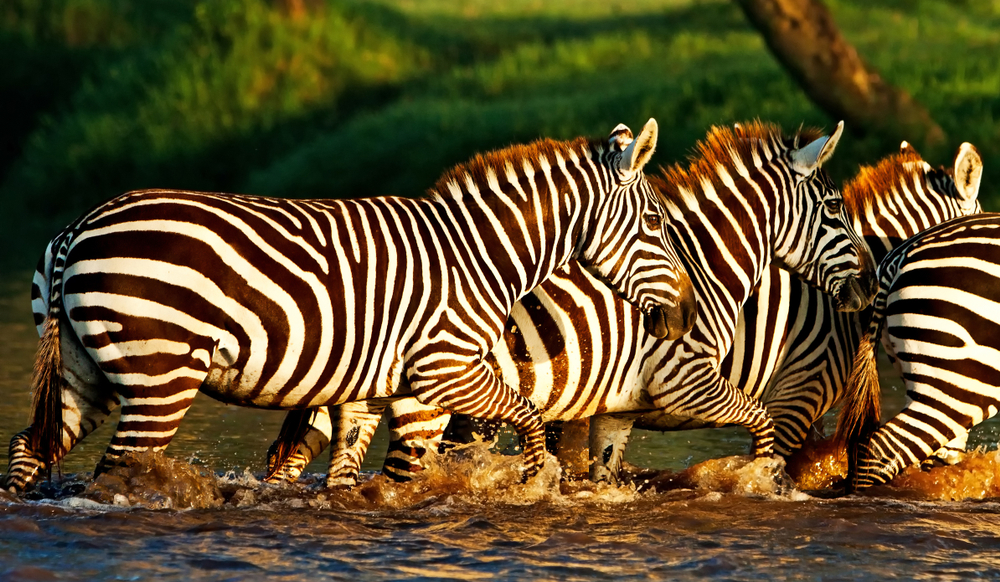Marsabit Overview
Marsabit National Park, known locally as Hifadhi ya Kitaifa ya Marsabit, is a stunning oasis of biodiversity situated in Kenya’s arid northern region. Covering an area of approximately 1,554 square kilometers (600 square miles), this national park encompasses lush forests, crater lakes, and a volcanic landscape that contrasts dramatically with the surrounding semi-desert environment. Located near Marsabit town, it serves as a critical refuge for wildlife and a serene retreat for nature enthusiasts.
The park is dominated by the Marsabit Mountain, a massive extinct volcano that rises to about 1,700 meters (5,577 feet) above sea level. Its slopes are cloaked in dense montane forests that thrive in the cool, moist microclimate created by frequent mist and rain. Hidden within this green expanse are crater lakes such as Lake Paradise and Lake Sokorte Dika, which are not only scenic but also essential water sources for wildlife. Visitors are captivated by the tranquil beauty of these lakes, often surrounded by herds of elephants, buffaloes, and other animals.
Marsabit National Park is renowned for its incredible wildlife diversity. It is home to elephants, including the legendary Ahmed, a magnificent bull elephant that was placed under presidential protection until his death in the 1970s. Other notable species include greater kudu, reticulated giraffes, lions, leopards, and hyenas. Birdwatchers are drawn to the park for its abundant avian species, such as Abyssinian ground hornbills, sunbirds, and a variety of waterfowl that inhabit the crater lakes.
Beyond its natural beauty, Marsabit National Park has deep cultural significance. The surrounding area is inhabited by pastoralist communities, including the Rendille, Samburu, and Borana people, who share a unique relationship with the park’s ecosystems. Their traditions and sustainable grazing practices are integral to the region’s cultural landscape, offering visitors a chance to experience a rich tapestry of heritage.
Marsabit is also a hub for trekking and hiking enthusiasts. The trails leading through its forests and up the volcanic slopes offer breathtaking views and opportunities to encounter wildlife. The cool climate of the highlands provides a welcome respite from the heat of the lowlands, making the park an attractive destination year-round. Photographers, too, are drawn to the park for its dramatic scenery, including sunsets over Lake Paradise and mist-covered forests.
Conservation efforts at Marsabit National Park have been instrumental in preserving its fragile ecosystems. The Kenya Wildlife Service, in collaboration with local communities and international organizations, has implemented programs to mitigate challenges such as human-wildlife conflict and habitat degradation. Anti-poaching initiatives and ecological monitoring are key components of these efforts, ensuring that Marsabit’s biodiversity is protected for future generations.
In summary, Marsabit National Park is a lush sanctuary in the heart of Kenya’s drylands, celebrated for its striking landscapes, diverse wildlife, and cultural richness. A visit here offers an unforgettable blend of adventure, tranquility, and discovery.

















































































